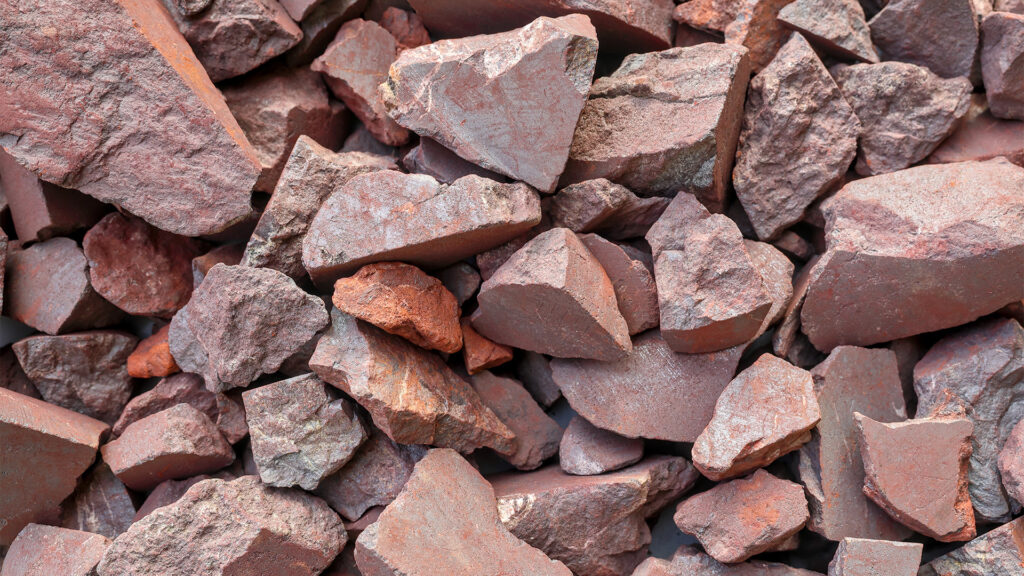Mining executives have long anticipated an energy transition “supercycle” that would reshape the industry, moving away from China’s strong demand for raw materials to a more global and strategic approach. Yet, this transition has yet to occur, with the sector still heavily reliant on China, as recent developments have highlighted.
Shares of the “big four” diversified miners—BHP, Rio Tinto, Anglo American, and Glencore—have risen approximately 10% over the past month following China’s announcement of measures aimed at stimulating its struggling economy, including support for the property sector. Before this, these miners were affected by China’s economic slowdown.
Despite efforts to diversify into copper, battery metals, and other “future-facing” commodities, most global miners (Glencore being an exception) continue to depend significantly on iron ore, essential for steel production. Demand for these future-facing commodities has been slower than anticipated, with pricing and growth lagging due to delays in the expected boom in electrification and electric vehicles.
Consequently, the mining sector’s fortunes remain closely linked to iron ore prices, which have surged around 20% in Singapore over the past week. Although China is the largest steel consumer, demand from its struggling real estate sector has decreased by about 30% from its peak in 2000.
However, this price rally may be short-lived. Seasonal trends usually lead to a rebound in iron ore prices during the fourth quarter, as Chinese steelmakers stock up ahead of the Lunar New Year, and weather-related supply disruptions in Australia and Brazil are common, notes Citi analyst Ephrem Ravi.
Few analysts believe that the recent Chinese stimulus will significantly alter the long-term outlook for iron ore. The property-focused measures seem more aimed at clearing unsold inventory than generating new construction, according to BMO’s Colin Hamilton.
As new supply comes online, such as Rio Tinto’s Simandou project in Guinea, miners face pressure to cut costs. BHP, for example, has focused on reducing production expenses, with its free cash flow per tonne of iron ore reportedly $8-10 higher than that of its closest competitor, as noted by CFO Vandita Pant.
The sector’s future hopes rest on the anticipated growth of copper and battery metals. Improving prospects and higher valuations for copper producers are driving mergers and acquisitions within the industry. However, since China is also the largest buyer of copper, miners remain closely tied to the economic fortunes of the country for the time being.

